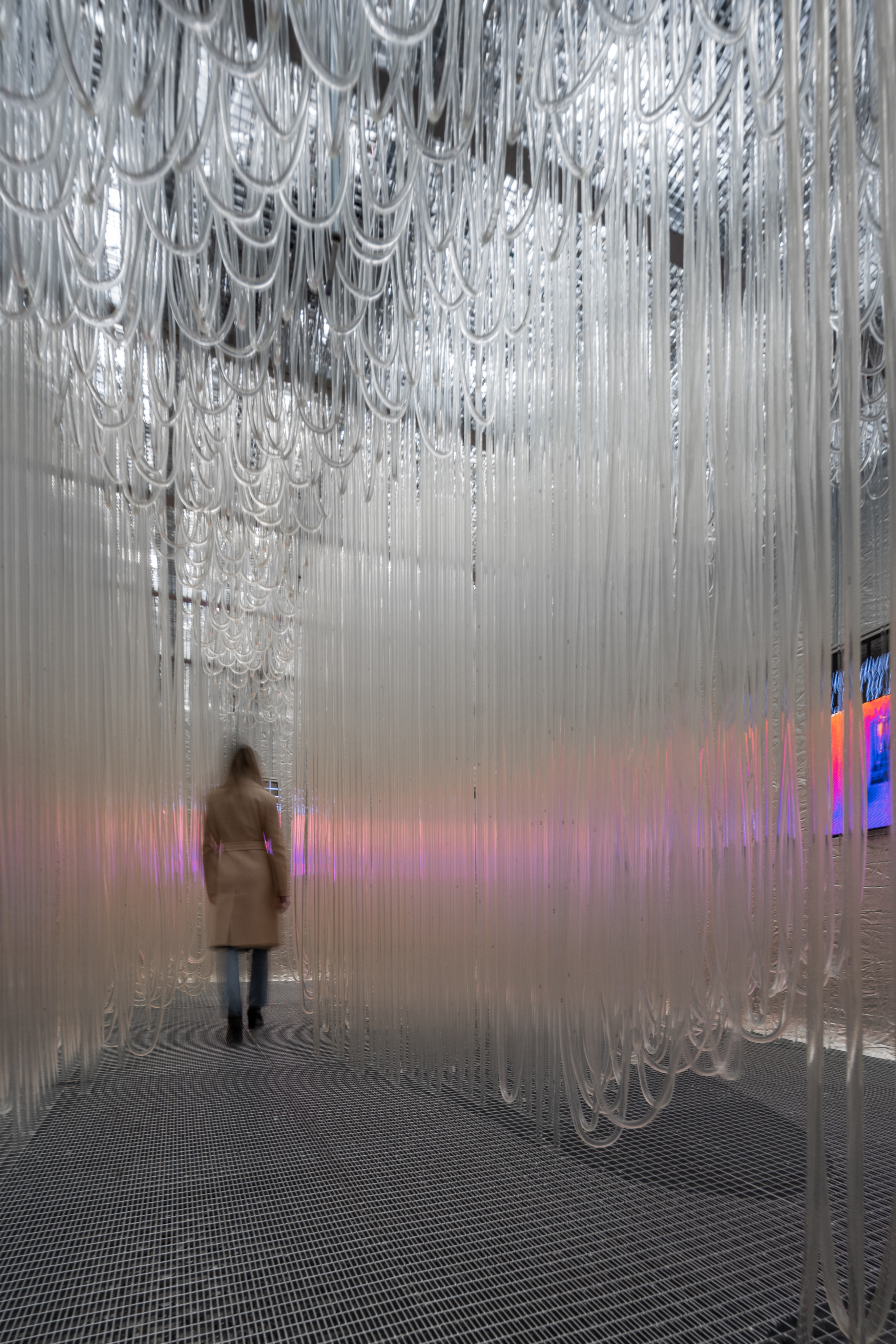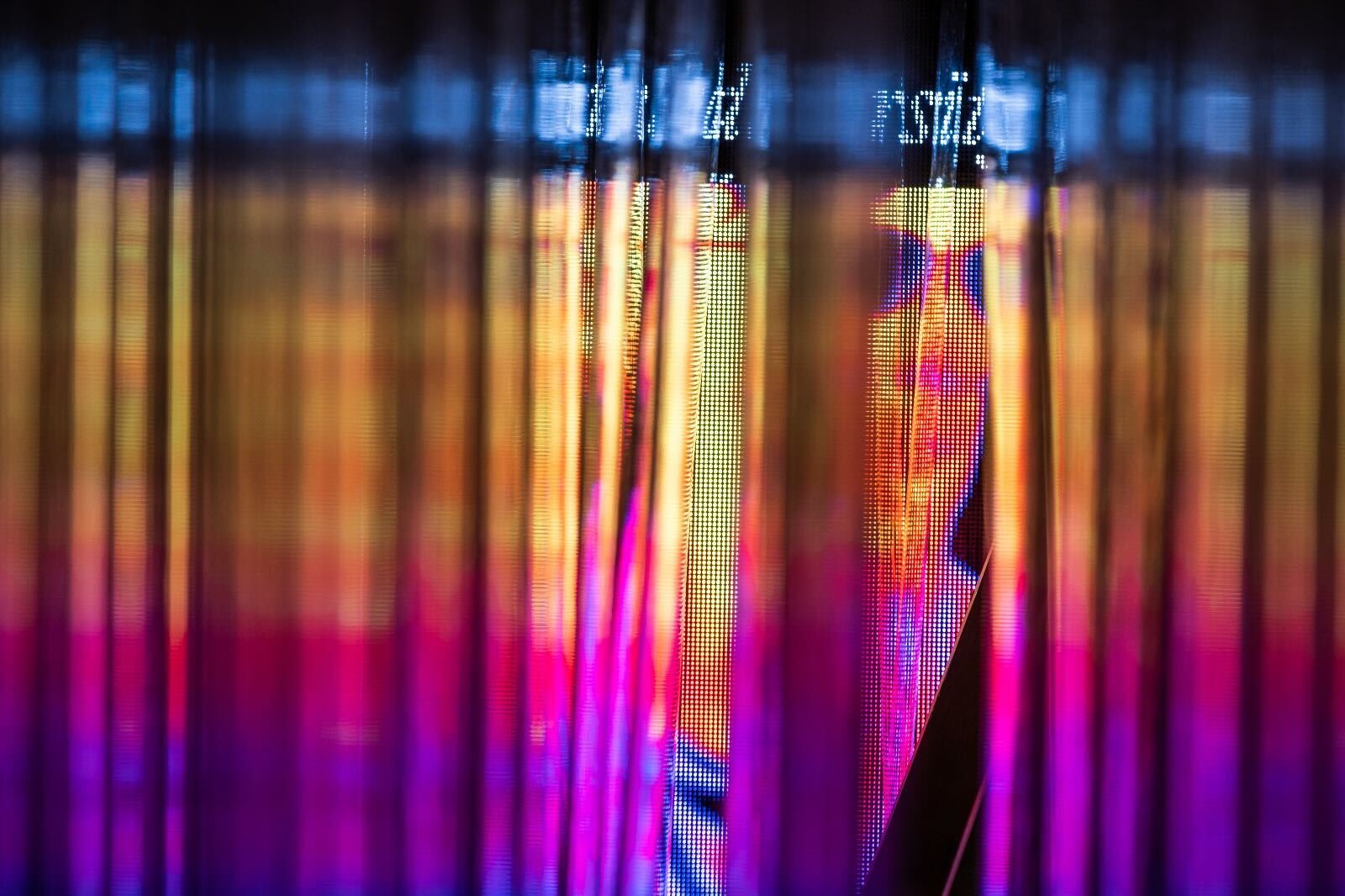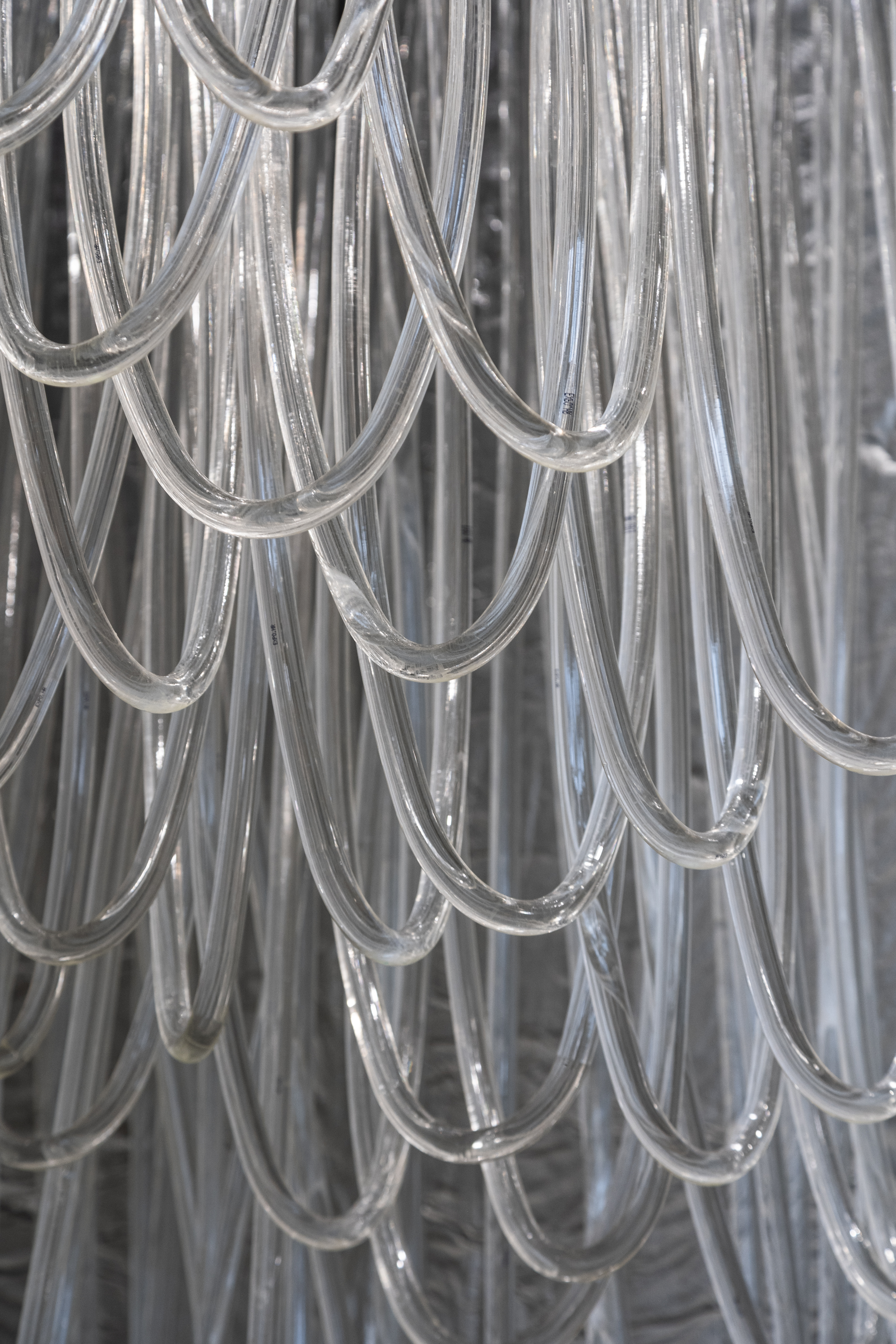Croatian Pavilion at EXPO 2025 Osaka
National Commissioner of the Republic of Croatia for the World Exhibition EXPO 2025 Osaka, State Secretary of the Ministry of Foreign and European Affairs
Zdenko Lucić
National Committee of the Republic of Croatia for the World Expo 2025 Osaka
Zvonimir Frka-Petešić
Danijela Stepić
Nevena Tudor Perković
Iva Ivanković
Josip Bilaver
Goran Romek
Kristina Bilić
Dunja Magaš
Marina Šimun
Dragan Kovačević
Irena Alajbeg
Tomislav Pokaz
Hana Zoričić
Staša Skenžić
Josipa Božinović
Bojan Batinić
Ivan Bota
Jadranka Šegota
Višnja Letica
Ingrid Gojević
Silva Stipić Kobali
Mihaela Vasilj Kasabašić
Authors
Lana Grahek
Maroje Mrduljaš
Antonio Patljak
Pero Vuković
Korina Vuković
Architectural Design
ARHIV Architecture & Urbanism Ltd.
Pero Vuković
Antonio Patljak
Petra Bigor
Yujin Jeong
+
Maroje Mrduljaš
Korina Vuković
Graphic Design
Lana Grahek
Content Design
Lana Grahek
Anja Grgić
Silvia Marinčić
Maroje Mrduljaš
Antonio Patljak
Pero Vuković
Zvonimir Rakijašić
Multimedia & Web design
Bien design Ltd.
Silvia Marinčić
Mihael Miklošić
Anja Grgić
Luka Perić
Multimedia & Web development
Novena Ltd.
Ana Salkić
Ervin Šilić
Goran Marošević
Klara Đurić
Mihael Pozaić
Pero Klepić
Zvonimir Rakijašić
General Contractor
Enison Ltd.
Srećko Raič
Sandro Andrijević
Ivan Majstorović
Marko Bjegović
Ante Buljan
Sanja Čunčić
Davor Pozaić
Krešimir Leskovar
Janko Jakša
Nikola Zajec
Željko Kahlina
Marko Meničanin
Karlo Librić
Anthony Luzung
Mario Stažić
Ante Tadić
Vjekoslav Drempetić
Ivan Buđinski
Tomislav Smirić
Mario Galac
Antonio Požar
Mihael Matić
Ivan Varivoda
Ivan Bulf
Matej Gabelica
Zoran Radman
Pavo Bagarić
Nenad Jukić
Luka Rimac
Ivan Stanojević
Goran Obranović
Radmilo Rula
Luka Herceg
Luka Nimac
Daniel Solgat
Filip Kešina
Dario Kolarević
Tomislav Šubić
Dario Degiacinto
Brankica Mlinarić
Silvana Raič
Berislav Brebrić
Karlo Radeljić
Filip Jurić
Marjan Pehar
Borna Tišljar
Pavle Batinović
Video Content Provided By
Croatian National Tourist Board
Ministry of Foreign and European Affairs
Marko Golemac
Maša Matković
Nadalina Katovčić Vlašić
Climadiversity
The Croatian pavilion endorses the diversity of climates that, over the long term, have shaped ecosystems and human cultures, defining our identities. We call this phenomenon Climadiversity.
The effects of climate change are becoming increasingly pronounced, and discussions about the future of the planet take place everywhere—from casual conversations to geopolitical decision-making. Many of these discussions remain abstract or difficult to envision clearly. News reports highlight dramatic changes, such as unprecedented glacier melting or the disappearance of non-human species we’ve never encountered in daily life.
Croatia rightfully presents itself as a country of diversity—social, natural, and geographical. Within a relatively small territory, this richness is amplified by its varied climates. By recreating real-time temperatures sampled from 45 meteorological stations, the Croatian pavilion offers an immersive and dynamic sensory experience of the country’s climatic regions. Continuously changing throughout the day and across seasons, the pavilion is never the same—inviting visitors to reflect on the profound impact of Climadiversity on individuals and communities alike. As a compelling fragment of the planetary environment, Croatia embodies the complexity of our interconnected global climate system—one that demands attention and care.
Experiencing the Pavillion
Unlike the generic, optimized climate typical of contemporary interiors, visitors to the Croatian pavilion encounter significant sensory variations. Within this compact space, Climadiversity is communicated through immersive physical experience. Gradients of air temperature and corresponding ambient colors guide an exploratory process: visitors are not passive observers but active participants, selecting their own climate place based on personal metabolism, habits, and mood. This may even lead to mutual recognition among visitors as they discover shared climatic affinities.


Each of the pavilion’s main climate zones is recorded by thermal imaging cameras (TICs), capturing interactions between visitors and their environments. These videos are displayed inside the pavilion, on the large entry screen at the Croatian pavilion stand, and as photo feeds on the pavilion’s website and social media. The same platforms deliver concise messages emphasizing the importance of Climadiversity. Additionally, videos on the pavilion’s website and entrance screens link these messages to specific locations in Croatia. TIC images, juxtaposed with slogans about Climadiversity, can be shared on social media, extending the pavilion’s global reach. This establishes a continuous flow of Climadiversity between Croatia’s landscapes, the pavilion’s social environment, and the digital domain. The pavilion encourages visitors to reflect on the richness of climates, humanity’s impact on them, and the societal and political actions required for their preservation.

The pavilion raises pragmatic questions: Are we aware of climate’s influence on our physical and psychological experiences? Can we connect these experiences with concrete personal and societal values? What does humanity lose with diminishing Climadiversity? Do we want to preserve Climadiversity, the driving force behind all other diversities and a critical factor shaping human and non-human life?
Pavillion architecture
The architecture of the Croatian pavilion dissolves boundaries between concept, space, and environment.
The pavilion’s non-hierarchical, isotropic space is structured with standard tubes typically used for floor and wall heating. A fluid space for human movement is carved into this solid volume of tubes. Heating and cooling systems intertwine, with their arrangement reflecting temperature variations across different climate zones. The colors of the agents flowing through the tubes indicate whether they belong to the heating or cooling system, visually representing warmer and cooler regions. These loops are interconnected to maximize energy efficiency. The pavilion’s enclosure is thermally insulated, and condensed moisture is collected beneath floor grates.
The pavilion is modular and entirely produced in Croatia. Its components can be easily assembled and disassembled, with dimensions designed to fit standard shipping containers. This ensures that the pavilion can be relocated and reinstalled in various locations.


The very elements that define the space also regulate its interior climate. Space, temperature, digital displays, and online platforms all work together to convey the project’s message. These features are integrated and mutually reinforcing. The medium is the message.